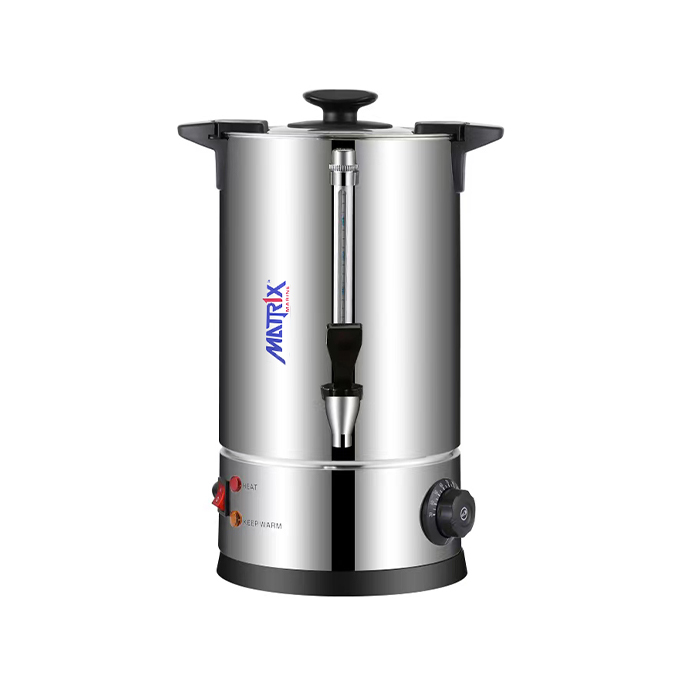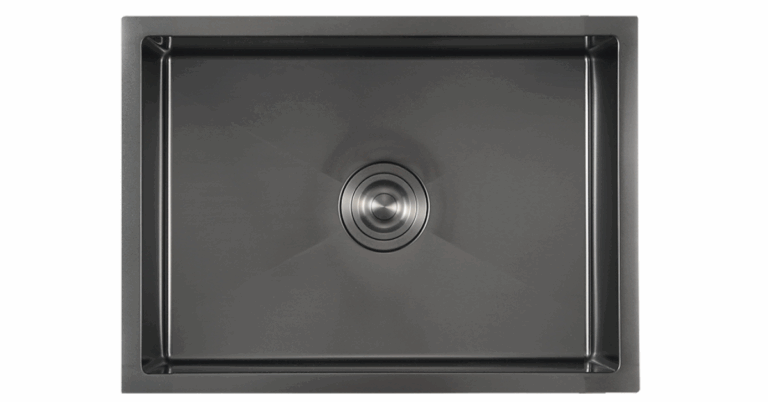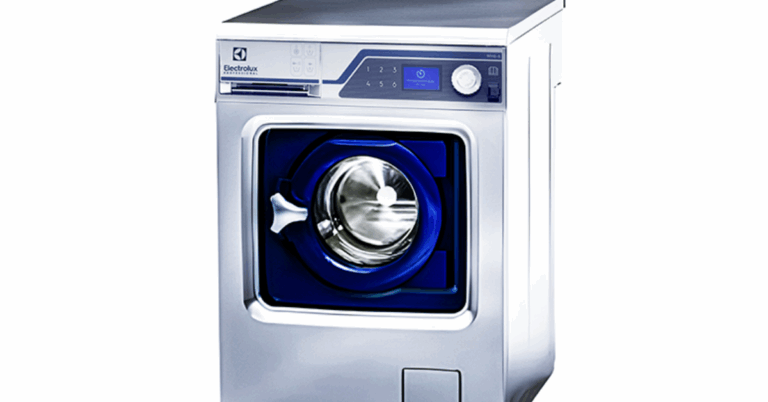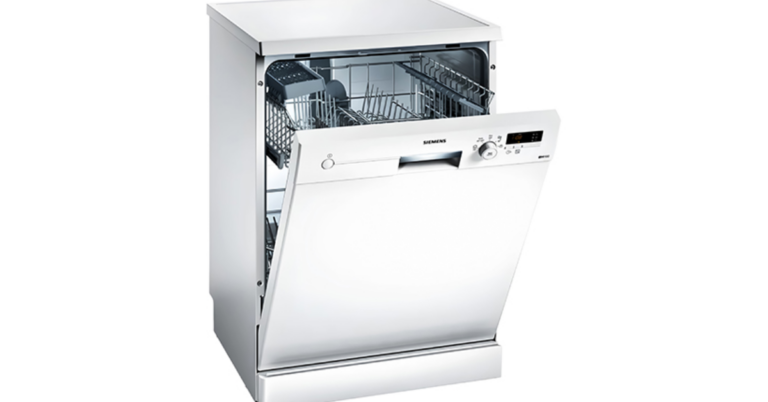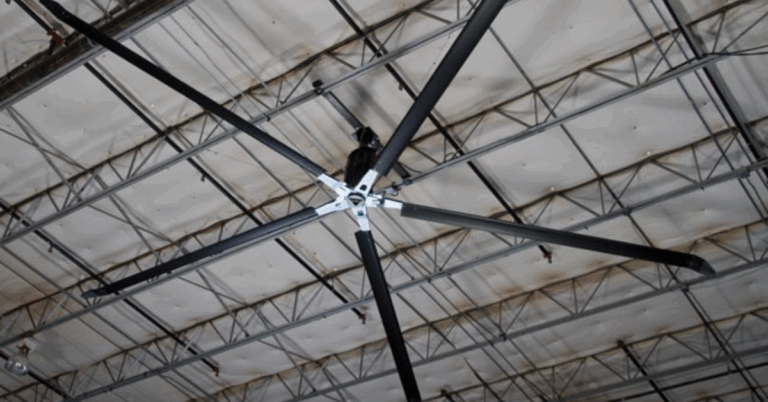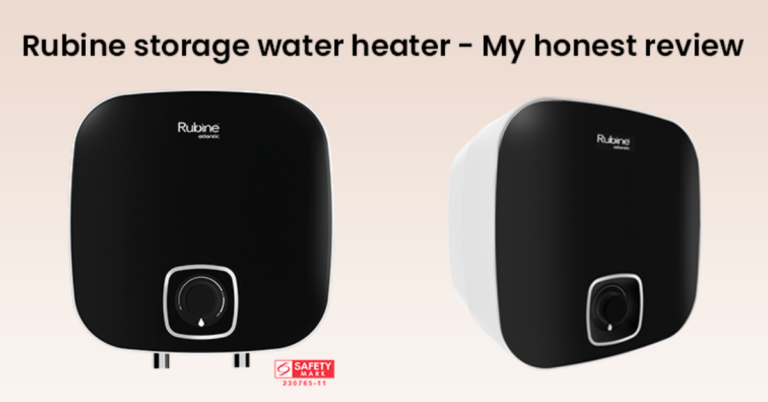Cruise Ship Galley Mixer Distributor: Transforming Marine Kitchens
In the bustling environment of a cruise ship, where thousands of meals are prepared daily under tight timelines and in constrained spaces, the role of the Cruise Ship Galley Mixer Distribut becomes indispensable. Acting as the vital link between high-grade food-mixing technology manufacturers and maritime kitchens, a galley mixer distributor ensures that the vessel’s culinary team is equipped with mixers tailored to marine requirements—robust, compact, corrosion-resistant, and certified for shipboard use. These distributors not only supply the equipment but also advise on design integration, power compatibility, maintenance regimes, and compliance with maritime safety and hygiene standards.
The Unique Demands of Cruise Ship Galleys
Operating a kitchen at sea is very different from a land-based commercial kitchen. Some of the key challenges include:
-
Space constraints and layout optimization: Every square inch matters on a ship. Equipment must be compact, modular, and flexible in mounting or anchoring.
-
Vibration, motion, and stability: Machinery must withstand ship movement, vibrations, and pitch/roll while ensuring safe operation.
-
Power constraints and compatibility: Marine galleys often have specialized electrical systems (e.g. 440 V, 60 Hz, or split phases) and must be energy efficient.
-
Corrosion and humidity: Salt air accelerates corrosion; mixers and components must use marine-grade materials, sealing, and finishes.
-
Hygiene and cleaning: Rapid disassembly, washdown capability, and food safety certifications are essential.
-
Reliability and redundancy: Downtime at sea is costly—equipment must be durable, easy to service, and backed by spare parts supply.
Because of these stringent requirements, a generic mixer from a conventional commercial supplier often fails to meet expectations aboard ship. This is where a specialized cruise ship galley mixer distributor plays a pivotal role—bridging the gap between marine-spec manufacturers and the end-users in shipboard kitchens.
Core Functions of a Cruise Ship Galley Mixer Distributor
A distributor operating in the marine sector typically performs several critical functions beyond mere procurement:
-
Specification and design consultation
The distributor works with ship architects, naval engineers, and shipboard culinary teams to select the right mixer types—planetary mixers, spiral dough mixers, bowl-lift mixers, or tilting mixers—based on production volumes, deck layouts, utility lines, and marine constraints. -
Sourcing and vetting marine-grade mixers
Not all mixers are equal. The distributor sources from manufacturers that build to marine standards: corrosion-resistant stainless steels, sealed motors, vibration dampeners, and certified components. They vet for compliance with International Maritime Organization (IMO), classification societies (e.g. ABS, DNV), and food safety regulations. -
Power matching and electrical adaptation
Marine power systems can have unique voltages or phases. Distributors ensure mixers are compatible—or supply transformers, converters, or customized electrical interfaces. -
Logistics, sea-freight, and installation planning
Delivering heavy equipment to a ship (often in remote shipyards) requires precise logistics. A distributor coordinates sea freight, port handling, customs clearance, and on-site installation support. They also advise on securing mixers against movement and vibration. -
After-sales support, spares, and maintenance
Given the remote location of ships, rapid access to spare parts and service is essential. Distributors maintain stocks of critical spares (belts, seals, motors, gears) and either provide or certify technicians for onboard maintenance. -
Training and documentation
Crew training in safe operation, cleaning, troubleshooting, and preventive maintenance is part of the service. Distributors supply manuals adapted for marine use (with shipboard safety cautions, space constraints, and sanitization procedures).
Types of Mixers Commonly Supplied for Cruise Ship Galleys
A well-equipped cruise ship galley typically requires a mix of different mixer categories, each serving a particular function:
-
Planetary / Universal Mixers: Versatile machines with interchangeable attachments (whisk, paddle, dough hook). Ideal for batters, icings, mashed food, or small batches.
-
Spiral / Dough Mixers: Optimize mixing of large dough quantities with minimal heating. Suitable for bread, pizza, or bun production.
-
Bowl-Lift or Bowl-Tilt Mixers: For heavy mixing loads—these tilt or elevate the bowl, easing discharge into large containers or downstream machinery.
-
High-Speed / Emulsifying Mixers: For creams, sauces, mayonnaise, or emulsions, requiring rapid shear.
-
Auger or Continuous Mixers: In large operations, continuous mixers feed dough or batter lines with minimal manual handling.
The distributor must balance the number, capacity, and type of mixers to match food production forecasts across the ship’s outlets (buffets, specialty restaurants, kitchens). Oversizing is wasteful; undersizing leads to bottlenecks.
Criteria to Evaluate a Cruise Ship Galley Mixer Distributor
When selecting a distributor for a cruise ship environment, operators should evaluate the following:
-
Marine & classification compliance: Experience with maritime standards and certification (ABS, DNV, etc.).
-
Product breadth and customization: Ability to supply multiple mixer types and adapt designs (footprint, voltage, mounting).
-
Reliability and brand partnerships: Long-term relationships with reputable marine equipment manufacturers.
-
Global logistics network: Capability to reach shipyards worldwide, handle customs, and coordinate installation.
-
Spare parts infrastructure: On-hand critical spares and fast express shipping for replacements.
-
Technical support and field service: Engineers able to perform on-site commissioning, troubleshooting, and crew training.
-
Aftermarket support and warranty: Clear warranty terms and support commitments while underway.
A distributor who brings not only supply but also deep marine engineering knowledge adds immense value by reducing risk, optimizing layout, and ensuring safe, reliable operation.
Real-World Applications and Benefits
To illustrate the role of such a distributor in action:
-
A new cruise ship under construction needs its galley designed from the keel up. The distributor consults with the shipyard to embed mixer anchoring points in the deck, align utility (water, drain, power) risers, and ensure vibration isolation.
-
For an existing vessel undergoing refit, the distributor assesses whether older mixers can be salvaged or need retrofitting; they propose replacements sized to meet increased passenger capacity or new menu complexity.
-
When a replacement part fails mid-voyage, the distributor arranges for an express courier delivery to the next port, dispatches a technician, and ensures minimal downtime.
The payoff is significant:
-
Operational robustness: Mixers built for marine stress resist breakdowns.
-
Efficiency gains: Properly sized mixers reduce batching times, labor, and energy use.
-
Food quality consistency: Uniform mixing ensures consistent doughs, batters, or emulsions across meals.
-
Crew safety: Design features (secure mounting, tilt mechanisms, splash guards) reduce hazards in a moving environment.
Challenges and Future Trends
Like any specialized field, the world of cruise ship galley mixers faces evolving challenges:
-
Energy efficiency and sustainability: As cruise lines emphasize sustainability, mixers must minimize energy draw, incorporate variable frequency drives (VFDs), and support eco-friendly cooking operations.
-
Automation and integration: Interfacing mixers into larger kitchen automation systems—batch trackers, recipe management, predictive maintenance—is becoming key.
-
Compact / modular design: New vessels emphasize multi-cuisine operations in tighter galleys; mixers must shrink footprints while sustaining performance.
-
Smart diagnostics: Embedded sensors for vibration, torque, temperature can help predict failure and schedule maintenance.
-
Material innovation: New alloys, coatings, and composite materials resist corrosion and weight while maintaining strength.
To stay ahead, a cruise ship galley mixer distributor must keep abreast of these trends, maintain close ties with innovative manufacturers, and proactively propose upgrades rather than merely reacting to failures.
Conclusion
In the high-stakes, tightly constrained environment of a cruise ship galley, the selection, delivery, installation, and support of mixers cannot be left to chance. A cruise ship galley mixer distributor is more than a supplier—they are a technical partner, logistics specialist, and service provider. By combining deep marine domain knowledge, design foresight, global logistics capabilities, and a commitment to reliability, such distributors enable vessel operators and ship chefs to deliver superb culinary experiences at sea, day after day, without compromise.

